The collaboration between Aramco and Stellantis demonstrates the compatibility of eFuels with numerous engine families of Stellantis European vehicles. Let’s see the details
Stellarafter months of tests carried out at its research centers across Europe, concluded that 24 European vehicle engine families Stellantis sold since 2014, equivalent to 28 million vehicles in circulation, are ready to use advanced “drop-in” eFuels, without the need for any modification to the powertrain. Tests were conducted using Replacement eFuels provided by Aramcoone of the world’s leading integrated energy and chemical companies.
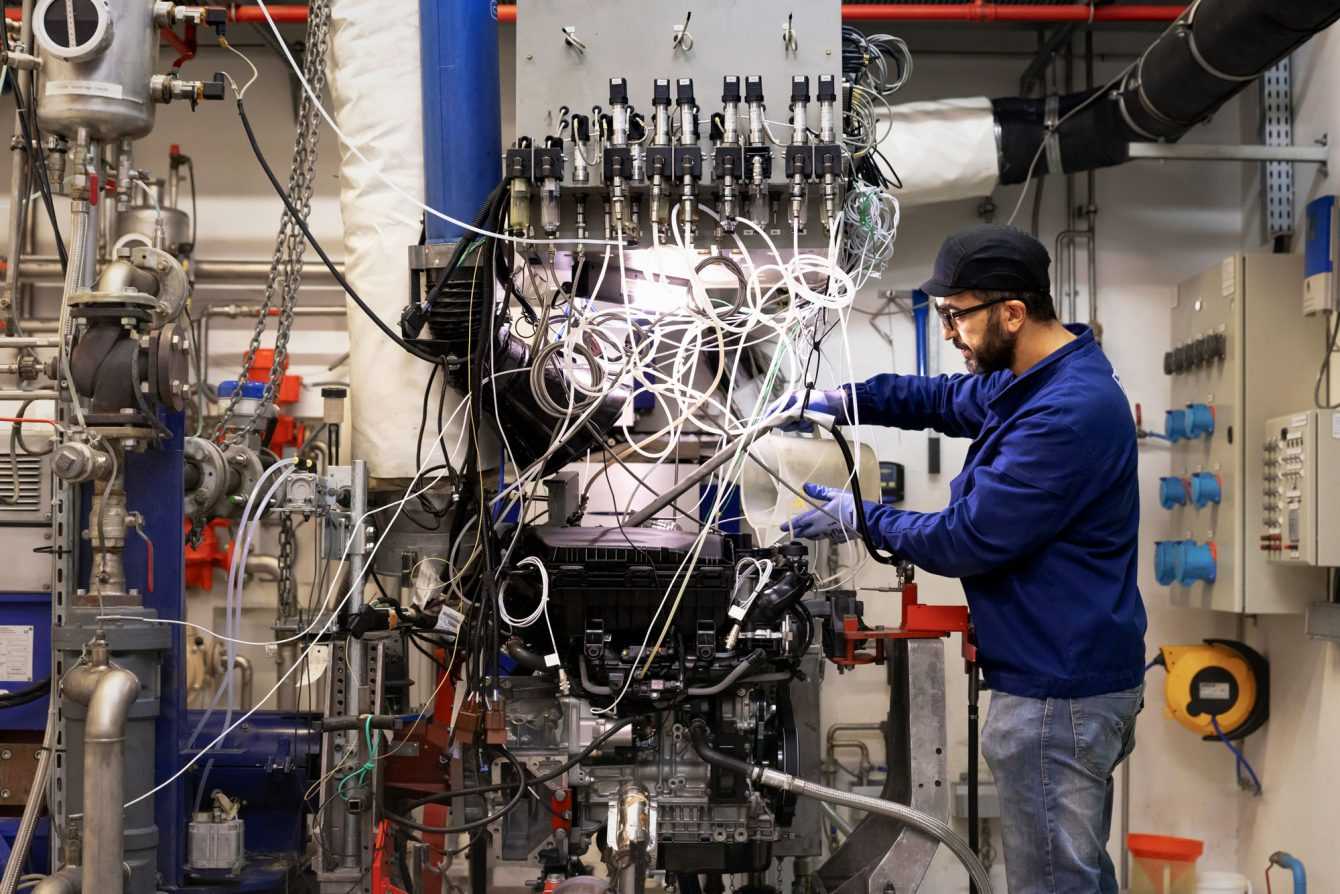
What Aramco eFuel consists of and why Stellantis wants to use it
Low carbon eFuel is a drop-in synthetic fuel, obtained by reacting CO2, captured directly from the atmosphere or from an industrial plant, with renewable hydrogen. Using low carbon eFuel it has the potential to reduce carbon dioxide emissions from internal combustion vehicles existing by at least 70% over their entire life cycle, compared to conventional fuels. Ned CuricChief Engineering and Technology Officer of Stellantis, said:
Our priority is to provide zero-emission mobility for all, with a particular focus on electrification, while our collaboration with Aramco constitutes an important and complementary step in this journey for the fleet of vehicles on the road. We are exploring all solutions to strengthen our ambitious strategy to become a company capable of achieving zero emissions by 2038. Drop-in replacement eFuel can have a massive and almost immediate impact on reducing CO2 emissions of their existing vehicle fleet, offering our customers an easy and cost-effective option to reduce their carbon footprint, as simple as choosing a different fuel pump at the service station, without having to make any modifications to their vehicles.
Through its long-term strategic plan Dare Forward 2030Stellantis aims to achieve a 50% reduction in its CO2 emissions by 2030 versus 2021 and the goal is to get there to zero net emissions by 2038. Stellantis estimates that the use of eFuel is low carbon could involve up to 28 million Stellantis vehicleswith a potential reduction that would affect peaks of 400 million tonnes of CO2 in Europe between 2025 and 2050.
Tests conducted by the multinational holding company on replacement eFuels includetests on tailpipe emissions, starting ability, engine power, reliability, interactions with lubricating oil, tank and filters, and fuel performance in extreme cold and hot temperatures, among others.
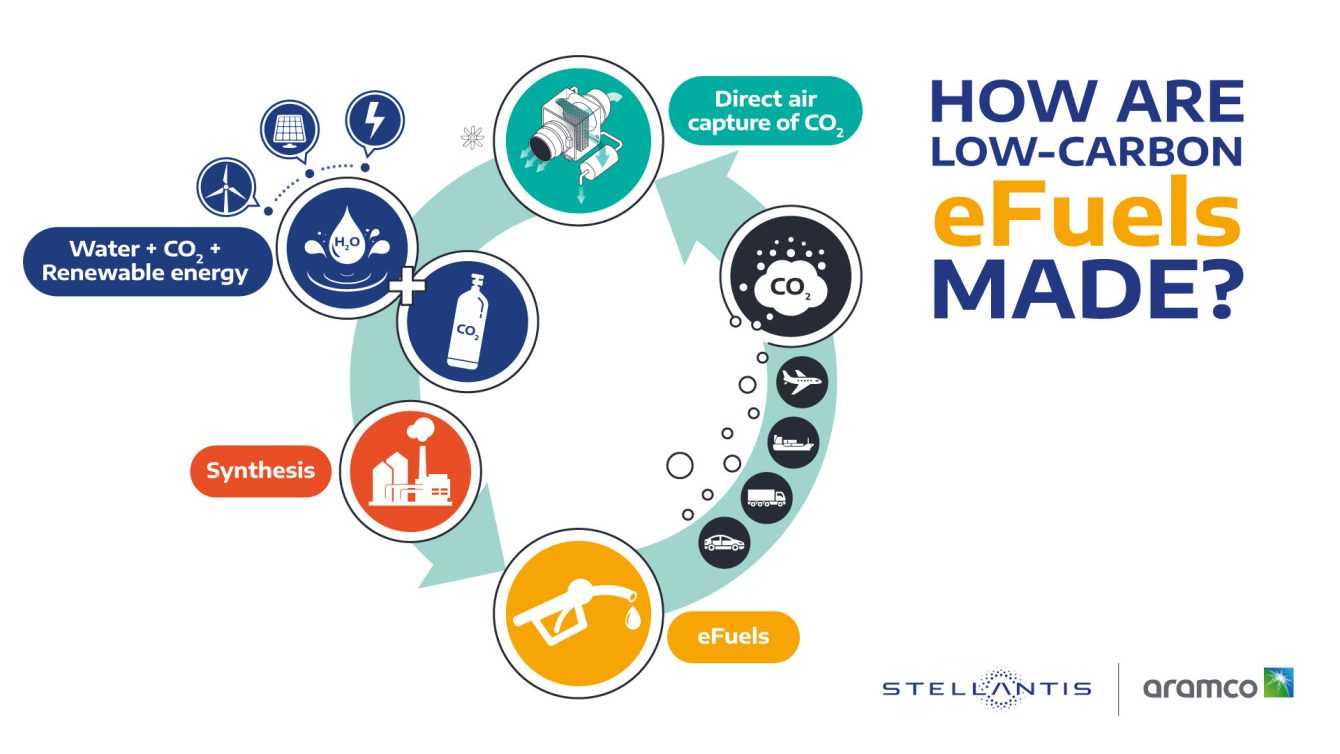
Aramco at the forefront of low-emission synthetic fuel production
Aramco is currently working on two demonstration plants to explore the concrete possibility of producing synthetic fuels with low carbon emissions. In Saudi Arabia, Aramco ed ENOWA (Neom Energy and Water Company) are collaborating to demonstrate the feasibility of producing synthetic gasoline for light passenger vehicles. Meanwhile, a Bilbaoin Spain, Aramco e Repsol are exploring the possibility of producing low-carbon synthetic diesel and automotive and aircraft fuel.
What do you think of this solution that Stellantis and Aramco are trying to adopt to reduce greenhouse gas emissions? Let us know yours in the comments. To ensure you don’t miss any further news regarding the world of motors and the technological universe in general, continue to follow techgameworld.com!






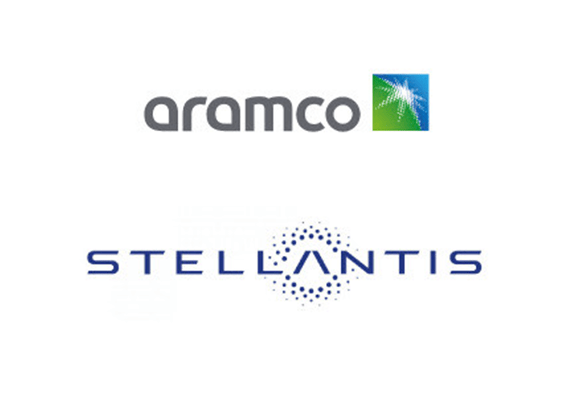






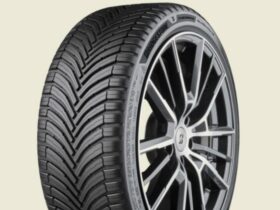
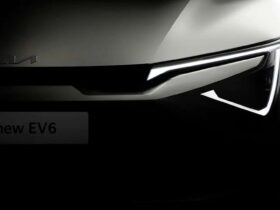
Leave a Reply
View Comments